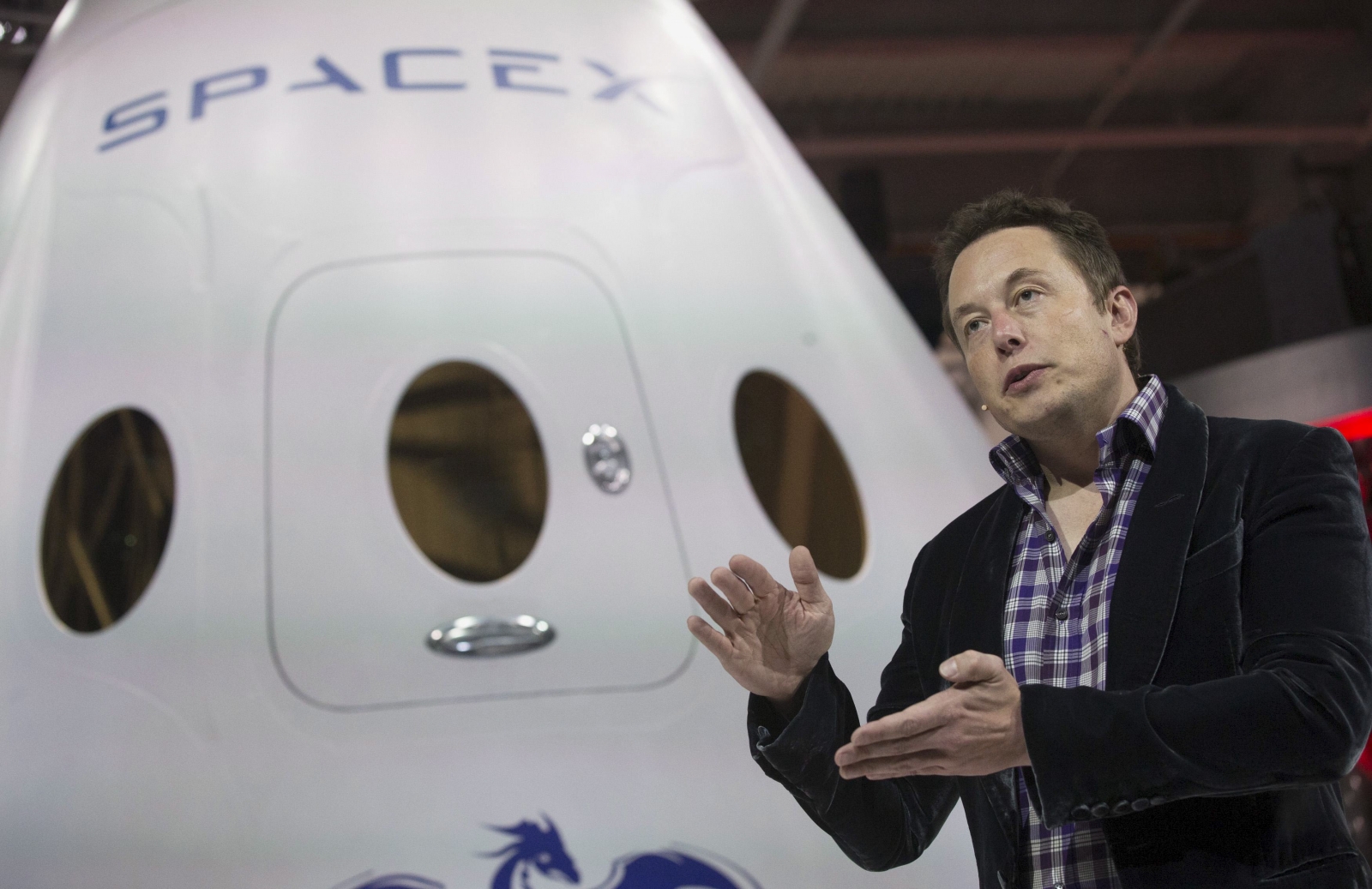As reported by IEEE Spectrum: If you’ve been out on the streets of Silicon Valley or New York City in the past nine months, there’s a good chance that your bad driving habits have already been profiled by Nexar. This U.S.-Israeli startup is aiming to build what it calls “an air traffic control system” for driving, and has just raised an extra $10.5 million in venture capital financing.
Lior Strahilevitz, a law professor at the University of Chicago, proposed a similar (if lower-tech) reputation system for drivers a decade ago. “I think it’s a creative and sensible way to help improve the driving experience,” he says. “There aren’t a lot of legal impediments in the United States to what Nexar is doing, nor should there be.” Eran Shir, Nexar’s co-founder, says, “If you’re driving next to me and you’re a dangerous driver, I want to know about it so I can be prepared.”
 Such targeted warnings require much more precise geolocation than that offered by normal GPS systems, which are typically accurate to within only 5 to 50 meters. Nexar’s app fuses data from multiple sensors in the smartphone. The accelerometer senses potholes and speed bumps, while the magnetometer (used for compass settings) detects when the car is travelling under power lines. “We use these, refreshed fifty times a second, to crowdsource features of the road and pinpoint where you are to within 2 meters,” says Shir. A side benefit is that the company has built detailed maps of road surface quality in its pilot cities.
Such targeted warnings require much more precise geolocation than that offered by normal GPS systems, which are typically accurate to within only 5 to 50 meters. Nexar’s app fuses data from multiple sensors in the smartphone. The accelerometer senses potholes and speed bumps, while the magnetometer (used for compass settings) detects when the car is travelling under power lines. “We use these, refreshed fifty times a second, to crowdsource features of the road and pinpoint where you are to within 2 meters,” says Shir. A side benefit is that the company has built detailed maps of road surface quality in its pilot cities.
 For the past decade, the automotive industry has been struggling to implement dedicated short range communications (DSRC), a messaging system that lets a car transmit its location, speed, and direction to nearby vehicles and infrastructure. Shir thinks that apps like Nexar could leapfrog the billions of dollars and decades of roll-out time that such a system would likely demand.
For the past decade, the automotive industry has been struggling to implement dedicated short range communications (DSRC), a messaging system that lets a car transmit its location, speed, and direction to nearby vehicles and infrastructure. Shir thinks that apps like Nexar could leapfrog the billions of dollars and decades of roll-out time that such a system would likely demand.
Since Nexar launched its dashcam app last year, smartphones running it have captured, analyzed, and recorded over 5 million miles of driving in San Francisco, New York, and Tel Aviv. The company’s algorithms have now automatically profiled the driving behavior of over 7 million cars, including more than 45 percent of all registered vehicles in the Bay Area, and over 30 percent of those in Manhattan.
Using the smartphone’s camera, machine vision, and AI algorithms, Nexar recognizes the license plates of the vehicles around it, and tracks their location, velocity, and trajectory. If a car speeds past or performs an illegal maneuver like running a red light, that information is added to a profile in Nexar’s online database. When another Nexar user’s phone later detects the same vehicle, it can flash up a warning to give it a wide berth. (This feature will go live later this year.)
Nexar estimates that if 1 percent of drivers use the app daily, it would take just one month to profile 99 percent of a city’s vehicles. “We think that it’s a service to the community to know if you’re a crazy driver or not,” says Shir.
That community includes insurance companies, who Nexar suggests could save billions by cherry-picking only the best drivers to cover. Nexar has calculated that companies using its universal driving score could save $125 a year on each policy. Drivers benefit, too, from video and sensor footage stored in the cloud that they can use to support their side of the story following a collision.
 Shir hopes that Nexar will also reduce traffic fatalities long before self-driving cars become mainstream. The app can highlight treacherous intersections, or detect a car braking sharply and send alerts to users several cars back or even around a corner. “This needs to be a real-time network,” says Shir. “We’ve optimized the way that cars communicate so that the latency is very low: about 100 to 150 milliseconds.”
Shir hopes that Nexar will also reduce traffic fatalities long before self-driving cars become mainstream. The app can highlight treacherous intersections, or detect a car braking sharply and send alerts to users several cars back or even around a corner. “This needs to be a real-time network,” says Shir. “We’ve optimized the way that cars communicate so that the latency is very low: about 100 to 150 milliseconds.”
 Shir hopes that Nexar will also reduce traffic fatalities long before self-driving cars become mainstream. The app can highlight treacherous intersections, or detect a car braking sharply and send alerts to users several cars back or even around a corner. “This needs to be a real-time network,” says Shir. “We’ve optimized the way that cars communicate so that the latency is very low: about 100 to 150 milliseconds.”
Shir hopes that Nexar will also reduce traffic fatalities long before self-driving cars become mainstream. The app can highlight treacherous intersections, or detect a car braking sharply and send alerts to users several cars back or even around a corner. “This needs to be a real-time network,” says Shir. “We’ve optimized the way that cars communicate so that the latency is very low: about 100 to 150 milliseconds.” Such targeted warnings require much more precise geolocation than that offered by normal GPS systems, which are typically accurate to within only 5 to 50 meters. Nexar’s app fuses data from multiple sensors in the smartphone. The accelerometer senses potholes and speed bumps, while the magnetometer (used for compass settings) detects when the car is travelling under power lines. “We use these, refreshed fifty times a second, to crowdsource features of the road and pinpoint where you are to within 2 meters,” says Shir. A side benefit is that the company has built detailed maps of road surface quality in its pilot cities.
Such targeted warnings require much more precise geolocation than that offered by normal GPS systems, which are typically accurate to within only 5 to 50 meters. Nexar’s app fuses data from multiple sensors in the smartphone. The accelerometer senses potholes and speed bumps, while the magnetometer (used for compass settings) detects when the car is travelling under power lines. “We use these, refreshed fifty times a second, to crowdsource features of the road and pinpoint where you are to within 2 meters,” says Shir. A side benefit is that the company has built detailed maps of road surface quality in its pilot cities.
Shir thinks that Nexar can also help drivers realize the vision of smart, connected highways. “We’re going into a hybrid world where autonomous vehicles and humans will share the road,” says Shir. “We won’t be able to shout at each other or ask someone to move. We need a network that will manage our roads as a scarce resource.”
 For the past decade, the automotive industry has been struggling to implement dedicated short range communications (DSRC), a messaging system that lets a car transmit its location, speed, and direction to nearby vehicles and infrastructure. Shir thinks that apps like Nexar could leapfrog the billions of dollars and decades of roll-out time that such a system would likely demand.
For the past decade, the automotive industry has been struggling to implement dedicated short range communications (DSRC), a messaging system that lets a car transmit its location, speed, and direction to nearby vehicles and infrastructure. Shir thinks that apps like Nexar could leapfrog the billions of dollars and decades of roll-out time that such a system would likely demand.
“DSRC is dead in the water,” he says. “Instead of sharing information about a single vehicle, where you need a density [of equipped vehicles] of 10 to 20 percent to become effective, you can share the information of all the vehicles around you, and start with 1 percent. It’s a massive force multiplier.”
Over the next year, Nexar plans to launch its network features in 10 more cities, including San Diego; Washington, D.C.; Chicago; and Seattle. It will work towards that that magic 1-percent penetration mark where it could rate almost every driver and detect almost every incident. Although ranking the driving performance of every vehicle in the United States might sounds legally dubious, Lior Strahilevitz says that it is probably legal: “Courts generally say that people generally have little or no expectation of privacy in the movements of their cars on public roads, as long as cars aren’t being tracked everywhere they go for a lengthy period of time.”
Although ranking the driving performance of every vehicle in the United States might sounds legally dubious, Lior Strahilevitz says that it is probably legal: “Courts generally say that people generally have little or no expectation of privacy in the movements of their cars on public roads, as long as cars aren’t being tracked everywhere they go for a lengthy period of time.”
 Although ranking the driving performance of every vehicle in the United States might sounds legally dubious, Lior Strahilevitz says that it is probably legal: “Courts generally say that people generally have little or no expectation of privacy in the movements of their cars on public roads, as long as cars aren’t being tracked everywhere they go for a lengthy period of time.”
Although ranking the driving performance of every vehicle in the United States might sounds legally dubious, Lior Strahilevitz says that it is probably legal: “Courts generally say that people generally have little or no expectation of privacy in the movements of their cars on public roads, as long as cars aren’t being tracked everywhere they go for a lengthy period of time.”
Nevertheless, Nexar will face some ethical dilemmas. For example, should the app inform users when it spots a license plate that’s the subject of an Amber Alert? Or contact law enforcement directly if the algorithms suggest that an erratically moving car is being operated by an intoxicated driver?
Although Shir says that Nexar is “not interested in generating more traffic ticket revenue for cities… or becoming the long arm of the FBI,” he admits that law enforcement could subpoena its raw footage and sensor data.
Ultimately, Nexar might succeed because drivers are constantly being rated, whether or not they are running the app themselves. If its algorithms are judging you anyway, you might not want to be the only one in the dark about that accident-prone pick-up in the next lane.

















